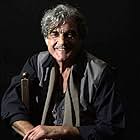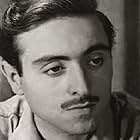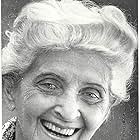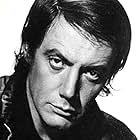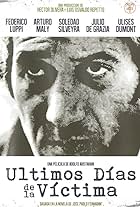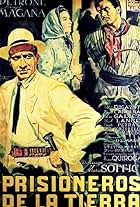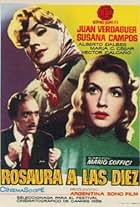Jorge Luis Borges was a great writer. Adolfo Bioy Casares was a good writer with infrequent flashes of very good. Occasionally, they wrote together. Curiously, the quality of their joint work always sank lower than the quality of each writer's output; they seemed to cause each other to lower their standards. The story for this movie is an example. It narrates the resistance of a small group against an invasion and takeover of an imaginary country in an abstract, bloodless and totally unrealistic fashion. The dialog has been written by Borges and the director Hugo Santiago. The lines are frequently stilted and literary; a great writer is not necessarily a good screenwriter. The actor's delivery of the dialog tends to the monotonic. The direction is uneven; the movie proceeds briskly at times, but it has very slow stretches. Action scenes are not very believable.
What makes this film watchable is the extraordinary black and white cinematography by Ricardo Aronovich; in spite of its virtuosity it never interferes with the action. After a brilliant career in Argentina Aronovich moved to Europe where he became one of the best cinematographers in the world.
The subject of this film (and some scenes) caught the attention of the military dictatorship that took power in Argentina in 1976. Parts of the original negative were destroyed. The version we watch now is made from the surviving negative and positive copies.










